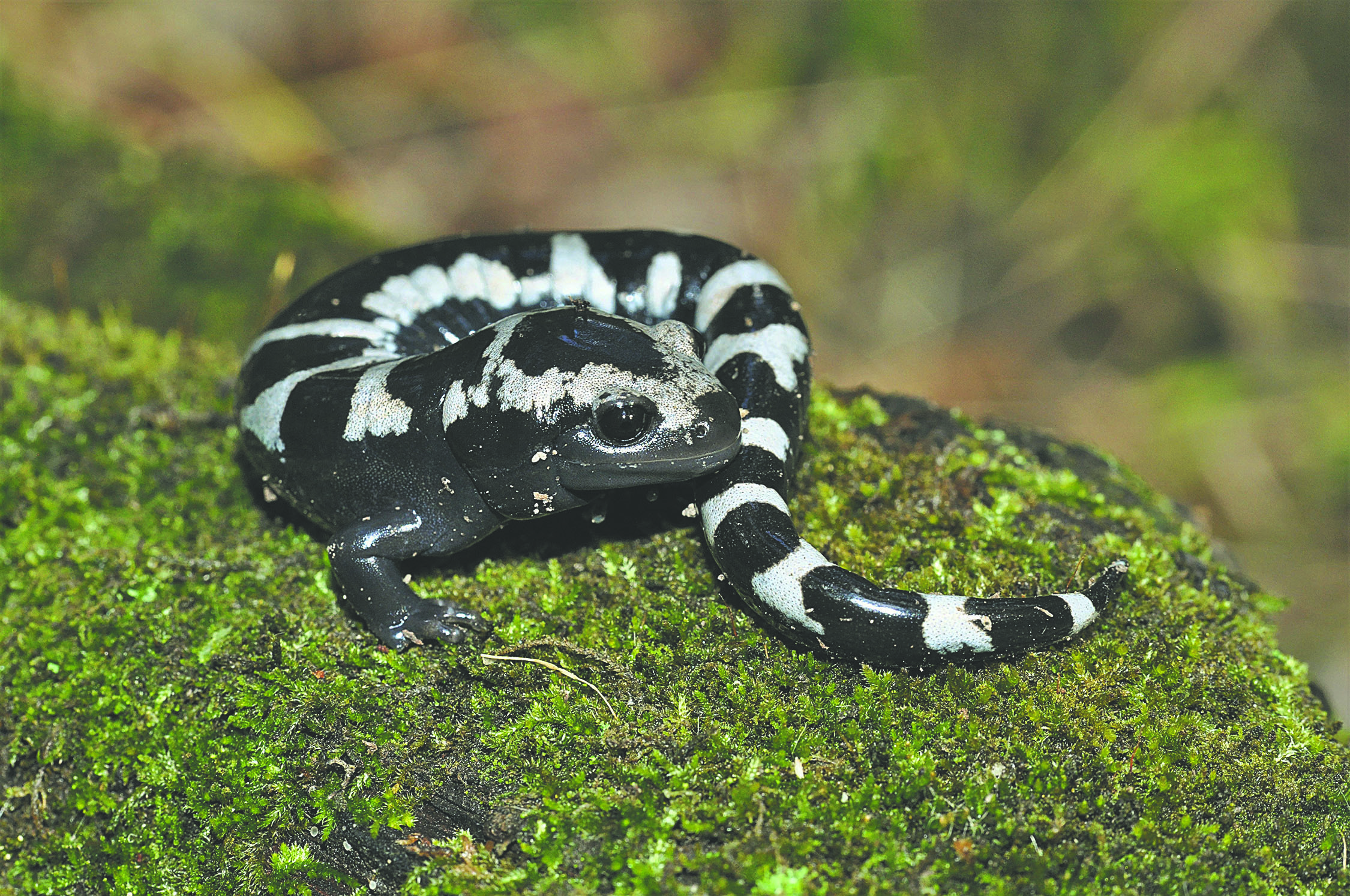
Our warm autumn weather continued through October. The National Weather Service records for this past September showed an average temperature that was 2.7 degrees Fahrenheit higher than normal — and October doubled that number, recording an average monthly temperature that was 5.5 degrees higher than normal for this area.
Many animals and plants cue in to a combination of day length and temperature to set their important annual routines, such as molting, breeding, hibernating and migrating, among the former, and leafing out, flowering and entering dormancy, among the plants.
The warm fall has definitely delayed the process of transporting chlorophyll from leaves and exposing the yellow and red pigments that have been masked all summer. While our fall foliage is not as dramatic as that found upstate, and our “peak” colors are not well synchronized (e.g. the brilliant scarlet leaves of tupelo peak in early September), generally, the East End autumn colors peak in the third week of October. As of this writing, on November 1, most of our forest trees are still green.
Our shallowest bays and harbors are first to cool off in the fall, and one of the shallowest in my neighborhood is Accabonac. It has yet to drop below 60 degrees, and the ubiquitous sand fiddlers, normally dormant deep in the winter burrows by now, are still quite active.
There’s still time for those interested in doing the cold water/no wetsuit swim program to jump in and give it a try. Make a commitment to go weekly until Thanksgiving. Check the “Bonac Open Water Swim” page on Facebook if you’d like company.
Last week’s big rain stimulated our local box turtles to get moving, and I received many sighting reports. They should be getting in a last meal for the year soon before retiring to their respective winter hibernacula.
The heavy rain helped one of our vernal pool species. Most wildlife species here are done with breeding chores: incubating eggs, nursing and feeding young. But one of our mole salamander species, the marbled salamander, has just completed its mating ritual and laid eggs on the wet but not inundated soil at the edge of their breeding pools.
The recent rain will ensure that the eggs will get covered, hatch and the larvae will develop before winter freeze-up. This gives the marbled salamander larvae a head start over other relatives, including the more common spotted salamander, as the vernal pool warms up in March.
Speaking of this fascinating group of animals, it’s possible that the unusual warm weather and heavy rain has tricked some of our fossorial spotted salamanders to head to their breeding pools five months early.
While surveying some vernal pools recently, Andy Sabin discovered spotted egg masses … an amazing find! It will be interesting to monitor how the eggs and larvae fare over the coming months.